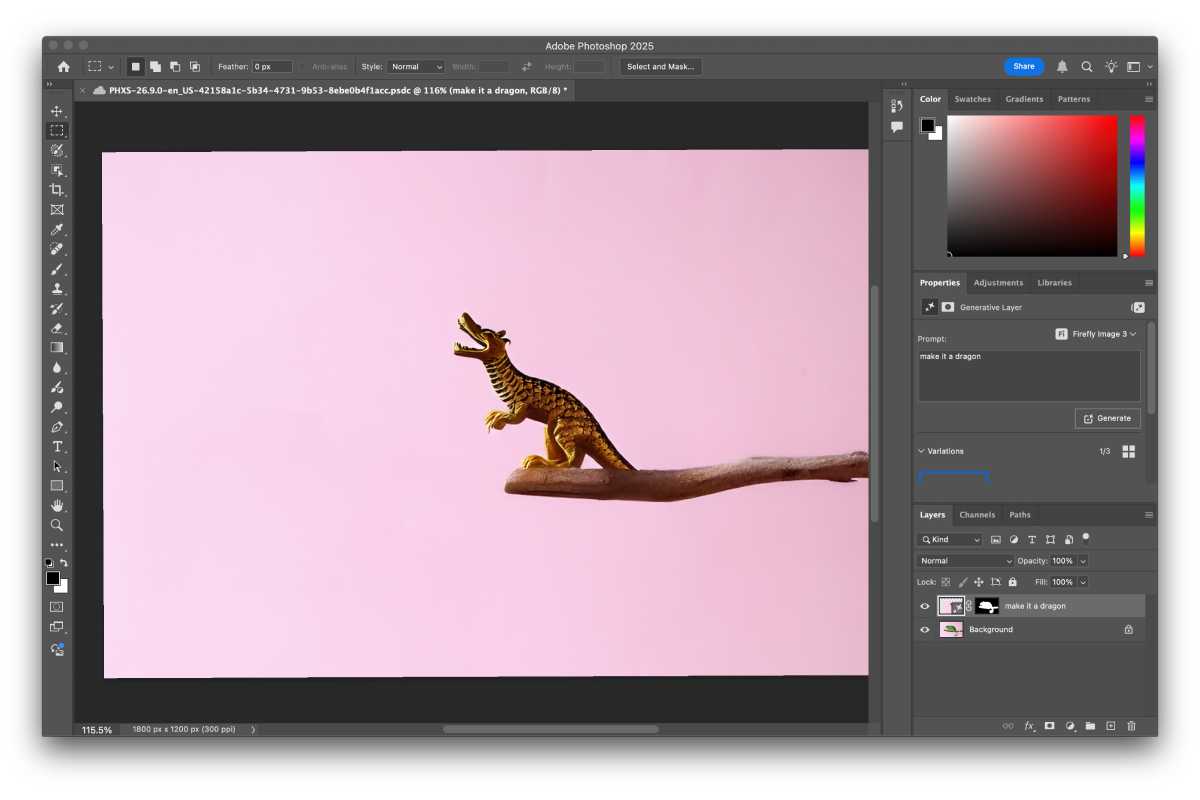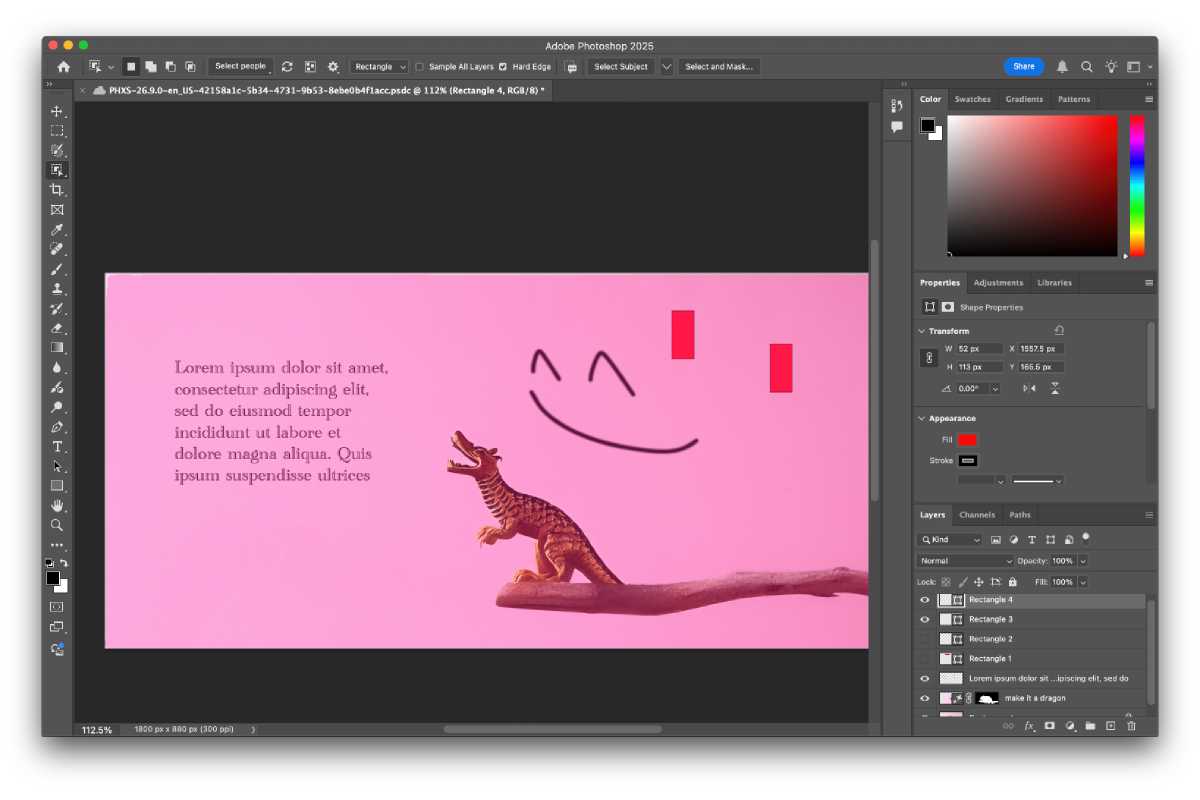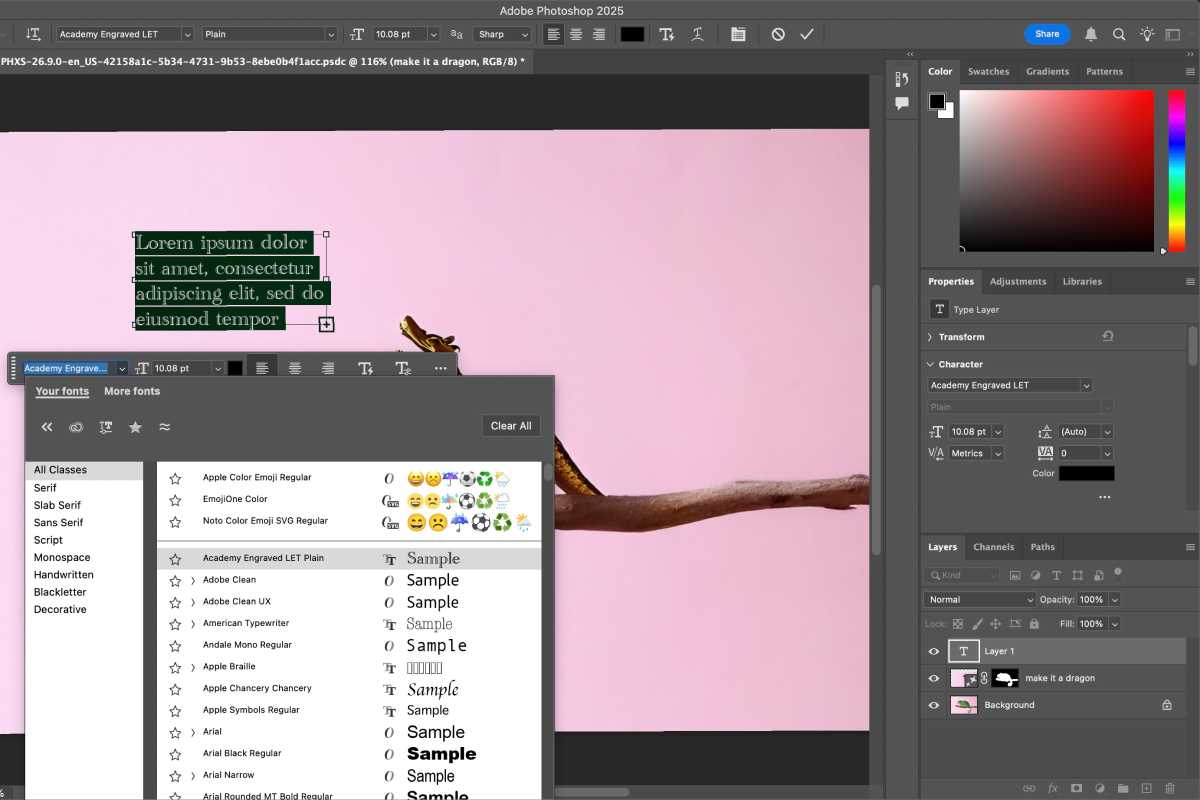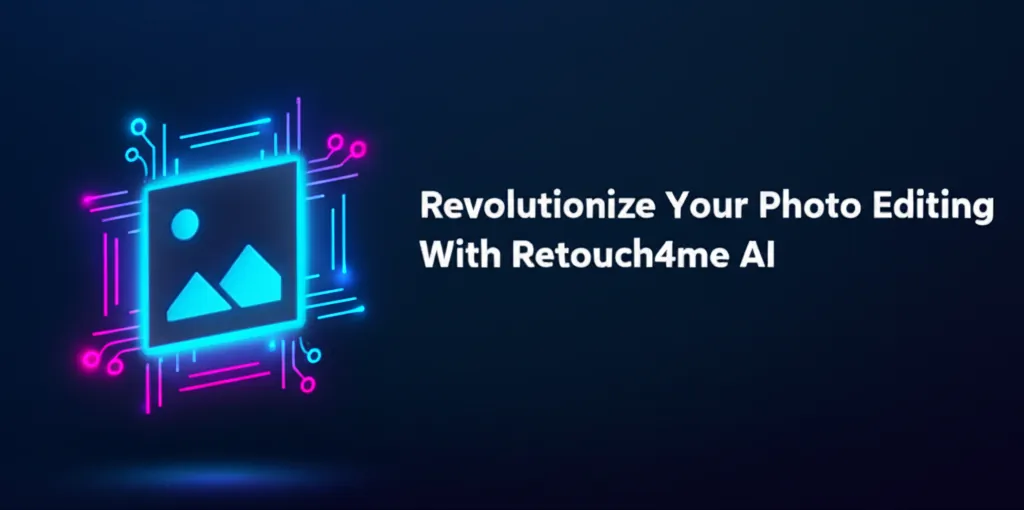Developer Offer
Try ImaginePro API with 50 Free Credits
Build and ship AI-powered visuals with Midjourney, Flux, and more — free credits refresh every month.
How Photoshop Stays on Top in the Age of AI
Adobe Photoshop first launched in 1990 and has since become the undisputed industry standard for photo editing. Available across macOS, Windows, iOS, Android, and the web, it continues to evolve, now embracing the artificial intelligence boom to stay ahead of the curve. While competitors have emerged, none have matched Adobe's influence. However, its subscription-based model means potential users must weigh its powerful features against the recurring cost.
This review focuses on the Mac version of Photoshop, noting that feature sets can vary slightly between platforms.
Getting Started and First Impressions
Unlike many Mac applications, you can't download Photoshop directly from the Mac App Store. Instead, you must first install the Creative Cloud app launcher. This process, unfortunately, installs several other Adobe maintenance apps and background processes, which can clutter your system and potentially impact performance. It's a significant drawback for those who prefer a clean installation. The web version of Photoshop offers an alternative, though with a more limited toolset.
Despite this initial bloat, Photoshop itself runs smoothly, even on an M2 MacBook Air. The user interface on the desktop client feels somewhat dated compared to its modern web counterpart, but it remains functional and customizable. For newcomers, Photoshop provides helpful built-in tips and video guides that explain the core tools, making the complex software more approachable.
Photoshop's Leap into AI with Adobe Firefly
Adobe's proprietary AI engine, Firefly, is now deeply integrated into Photoshop, introducing a suite of powerful smart tools. These features range from subtle enhancements to complete creative transformations.
For routine editing, AI significantly improves existing tools. You can easily remove unwanted objects from a photo, and the AI will generate a seamless background that blends perfectly. It also excels at upscaling or expanding images with minimal pixelation, preserving the original's realism. These are the kinds of AI tools that streamline workflows without compromising artistic integrity.
 Using AI to generate a new subject in Photoshop
Using AI to generate a new subject in Photoshop
For more adventurous creators, Photoshop offers generative AI features that can transform content entirely. You can generate new objects or even entire scenes from simple text prompts and insert them realistically into your projects, complete with accurate shadows and lighting. The AI can also generate different variations of an object, allowing you to choose the best fit. Other impressive capabilities include swapping out skies, creating new backgrounds for product shots, and applying smart filters that adapt uniquely to each photo.
 Subject selection in Photoshop.
Subject selection in Photoshop.
While the AI output is generally reliable, some generative features consume "Firefly credits." Running out of these credits requires a separate subscription to purchase more.
The Classic Features That Define Photoshop
Long before AI, Photoshop's advanced capabilities made it the go-to editor for professionals. Its powerful layer-based system is central to its workflow, allowing you to make non-destructive edits. You can isolate changes on separate layers, which can be easily toggled, reordered, or deleted without affecting the original image.
 Toggling different layers in Photoshop.
Toggling different layers in Photoshop.
Beyond layers, the classic feature set is immense. It includes a vast array of brushes, a powerful cloning tool, extensive text and font options, precise cropping, color balance adjustments, and advanced tools for masking, healing, and warping images. Furthermore, Photoshop's support for third-party plugins allows you to expand its functionality even further. This limitless potential is why "Photoshop" has become a verb for image manipulation.
 Fonts in Photoshop.
Fonts in Photoshop.
Performance remains strong, and the app includes settings to optimize speed by adjusting RAM usage or prioritizing on-device processing for certain tasks.
Understanding Photoshop's Subscription Plans
Photoshop is available only through a subscription after a 7-day free trial. Adobe offers several tiers:
- Photoshop Plan: Includes Photoshop on all platforms and 100GB of cloud storage. Prices start around $22.99/month with an annual commitment.
- Photography Bundle: Often the best value, this plan includes Photoshop, Lightroom, and 1TB of cloud storage for a similar price, starting around $19.99/month with an annual plan.
- Creative Cloud All Apps: For professionals using multiple Adobe products, this bundle includes Photoshop, Illustrator, Acrobat, and over a dozen other apps, with pricing starting at $69.99/month for an annual plan.
Given the pricing structure, the Photography bundle offers significantly more value than the standalone Photoshop plan, primarily due to the massive increase in cloud storage for a lower or comparable cost.
The Final Verdict: Is Photoshop Still Worth It?
Whether you are designing a poster, retouching a portrait, or creating digital art, Photoshop has the tools to handle the task. Its immense popularity means there is a vast library of online tutorials available for users of all skill levels.
The primary drawback is the subscription model. For users who dislike recurring fees or have basic editing needs, free alternatives like Photopea or one-time purchase software like Pixelmator Pro are excellent options. While these alternatives are powerful, they often lack the same depth of features, particularly in the AI department.
For professionals, aspiring artists, or anyone whose work revolves around image manipulation, Adobe Photoshop is absolutely worth the price. It remains the most stable, reliable, and feature-rich photo editor on the market. Its continuous development and robust AI integrations ensure it won’t disappoint.
Compare Plans & Pricing
Find the plan that matches your workload and unlock full access to ImaginePro.
| Plan | Price | Highlights |
|---|---|---|
| Standard | $8 / month |
|
| Premium | $20 / month |
|
Need custom terms? Talk to us to tailor credits, rate limits, or deployment options.
View All Pricing Details

